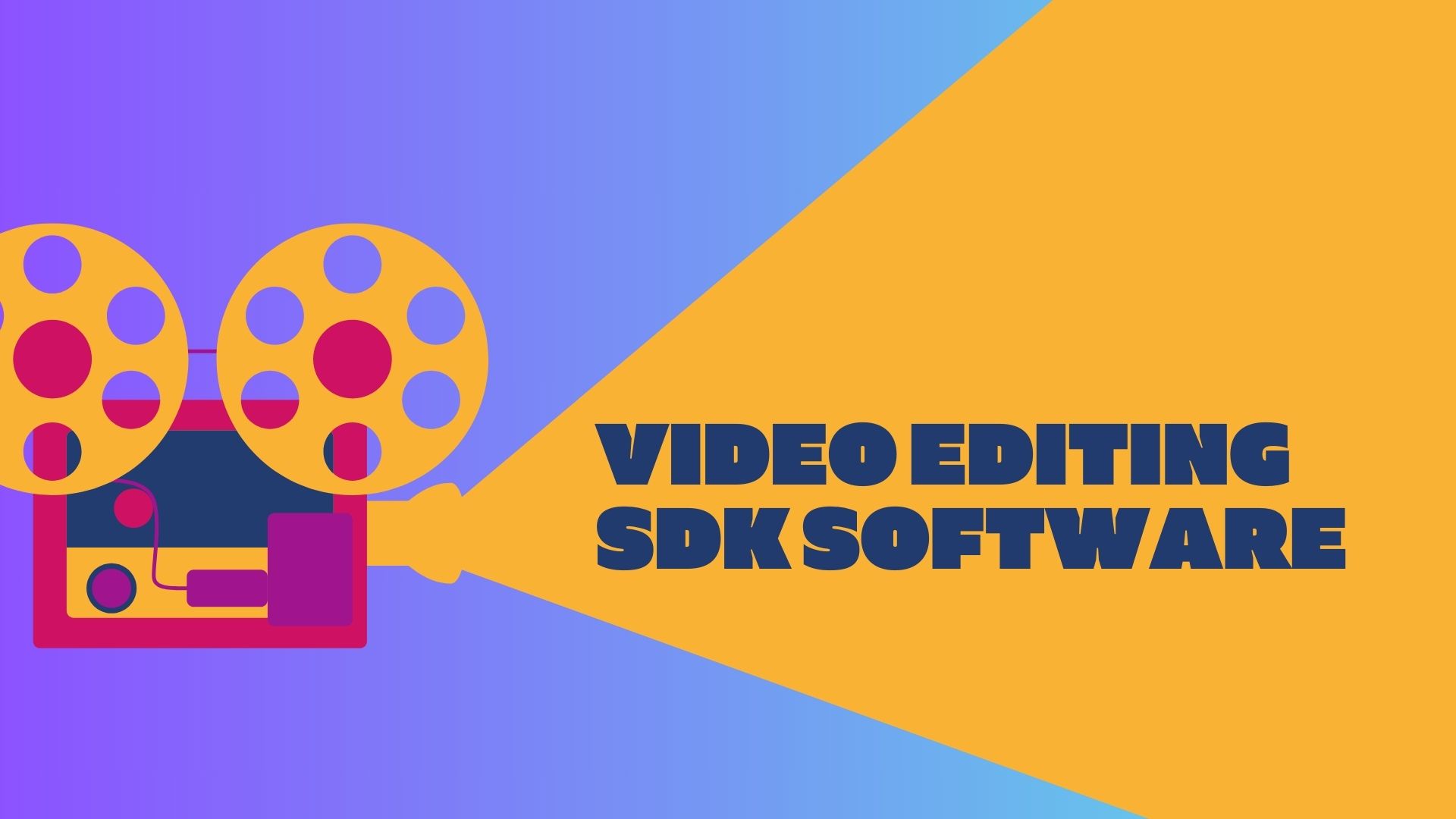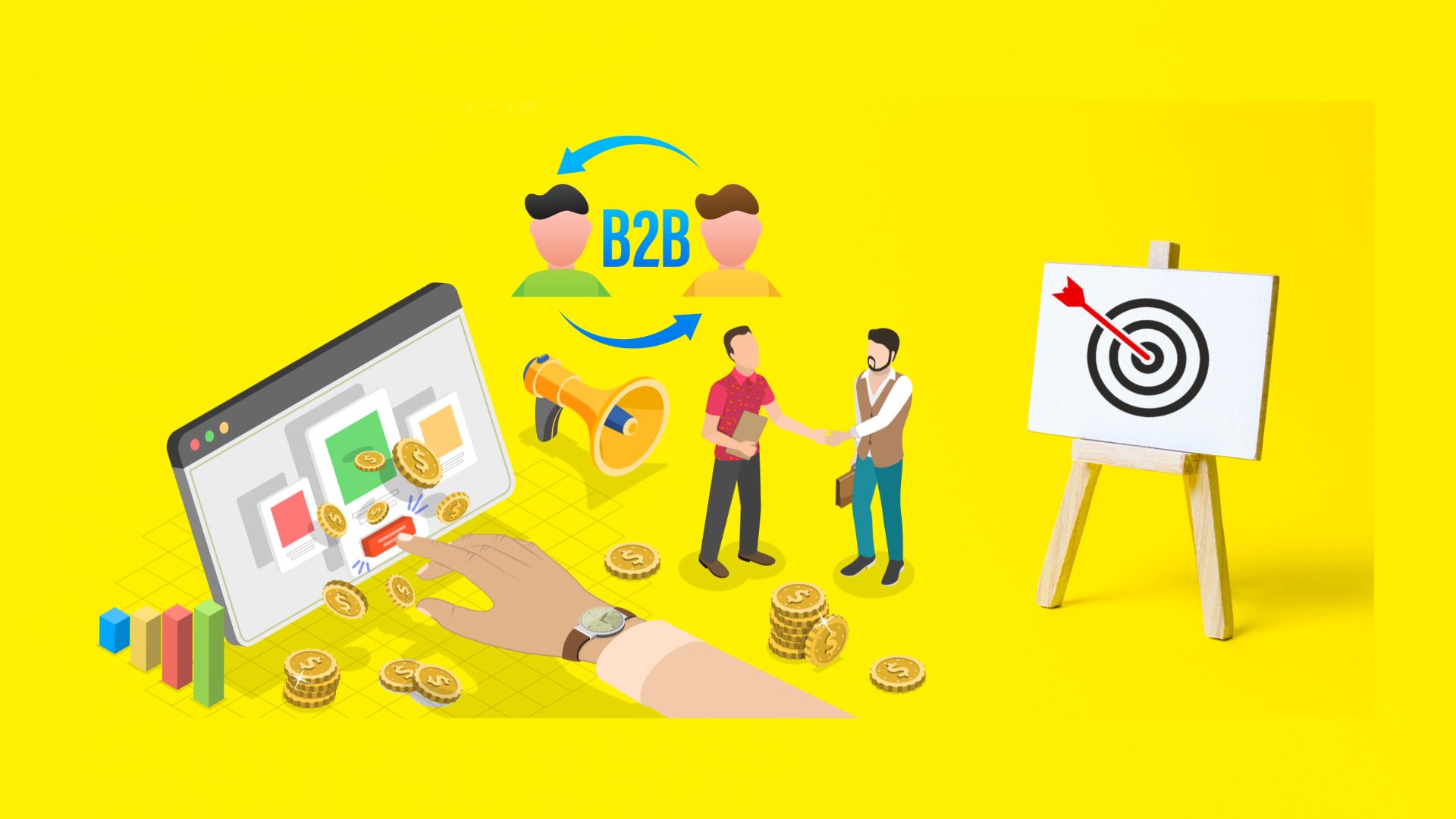Loyalty Program Leaders Leverage Data Analytics
Most people have wallets loaded with loyalty program cards and/or smartphones loaded with loyalty apps. Yet most companies are not capitalizing on this trend, hints a study from the International Institute for Analytics (IIA). Just 16 percent of companies surveyed by the IIA rated their loyalty programs as highly effective.
One key issue highlighted in the research, as well as other studies: Consumers of all ages may suffer from loyalty program overload. According to Maritz, the “average” person belongs to 7.4 loyalty programs. Yet they are only active in 4.7 of the programs.
The fast-moving nature of data analytics may be contributing to the problem. While better analysis of data is widely seen as a key to driving customer loyalty, “an inability to get to fine-grained data makes it difficult to tailor services to consumers,” said IIA CEO Jack Phillips, adding, “The landscape of new innovative techniques is moving so quickly, it's hard to come up with something unique and sustainable.”
The IIA study examined key loyalty program challenges experienced by companies, as well as best practices of companies that viewed their programs as “extremely effective.”
The top four challenges were:
- Offering rewards that customers value, cited by 45 percent of respondents
- Measuring program effectiveness, also mentioned by 45 percent
- Differentiating the program (42 percent)
- Coordinating the program across all points of customer contact (42 percent)
Data and Decision Making
Companies typically rely on transactional data, like the amount of points earned by consumers or how much they spend, to make decisions on how they interact with customers and what kinds of rewards to offer them, said Wilson Raj, director of global customer intelligence at SAS, which commissioned the IIA study.
“When you base decisions on that kind of transactional data, obviously you are just going to come up with more of the same. It's a vicious cycle,” said Raj.
The study found that respondents that analyzed data from social media and used it to inform their loyalty programs were far more likely to rate their loyalty programs as highly effective. Just 14 percent of organizations that rated their loyalty programs as ineffective use social data to inform loyalty program decisions, versus 25 percent of those that rated their programs as effective and 37 percent that rated their programs as highly effective.
Social media is only one source of external data, however. Loyalty program leaders are “not coming up with ideas in isolation,” Phillips said, but also consider sources such as location-based data and data that can be purchased from third parties.
“If I pass the dry cleaner every day on my way to get a drink at Starbucks, at some point maybe the dry cleaner will say, ‘I see this guy goes to get coffee every morning. Can we make it easier for him to drop off his dry cleaning?' Loyalty program leaders are asking ‘what is the data I can control?' and then reverse-engineering unique features that could be based on that data,” Phillips said.
Marketing Metrics
It's not surprising to see organizations struggling to measure the effectiveness of their loyalty programs, said Phillips and Raj.
As marketing spend on social channels increases, companies have yet to identify metrics that help them determine the value of their spending, Phillips said. “What is a like or a tweet worth? Marketers are still looking for the kind of common currency that they use for traditional channels like TV and print.”
Many companies use a metric called RFM, which calculates customer value based on how recently they made a purchase, how frequently they make a purchase and how much they spend. However, metrics should not only be about customers' rewards transactions but also about engagement, Raj said. “How effective is my program at engaging customers? How does my loyalty program link to my brand efforts?”
Data analytics can help give companies insight into the motives behind customers' actions, such as their positive or negative sentiments toward a brand, he added.
“That can help give you a quantifiable index of some of the softer measures of consumer engagement. When you add that to the traditional RFM, you get a broader picture of not only what the consumer wants to do but how they got to that point,” Raj said. “And with predictive analytics, you can even surmise where they might go next. Are they closely involved with your brand or are they considering other options?”
This combination of factors is especially key for younger demographics, which are often looking for a closer relationship with brands, Raj said.
“Older consumers are used to explicit rewards like points and bonuses, while the younger generation is looking more for an experience in which the brand recognizes them and engages with them,” he said. “You need even more data and better analytics to satisfy these kinds of aspirational or emotive drivers. Fortunately, their high digital footprint affords a huge opportunity to gather data and provide a great experience that builds loyalty through the experience.”
Loyalty Program Best Practices
The research also highlighted five characteristics that differentiate highly effective loyalty programs from less effective ones:
- Dedicated customer loyalty function/department to manage the program
- Greater emphasis on customer experience as a key goal
- Rewards that are personalized for different customers
- Social media leveraged to manage customer relationships
- Data analytics valued and employed as a core program component
The key takeaway here, said Raj, is how important data management is as a foundation for all of these areas. Data management defines how data is aggregated, secured and parsed throughout an organization.
“Leaders look at their loyalty programs as not just an explicit offering but part of an implicit customer experience, and that colors how they view technology and data and how they use measurement,” he said. “They spend more time on the data piece and connect it with engagement and execution technologies.”
Ann All is the editor of Enterprise Apps Today and eSecurity Planet. She has covered business and technology for more than a decade, writing about everything from business intelligence to virtualization.

Public relations, digital marketing, journalism, copywriting. I have done it all so I am able to communicate any information in a professional manner. Recent work includes creating compelling digital content, and applying SEO strategies to increase website performance. I am a skilled copy editor who can manage budgets and people.



